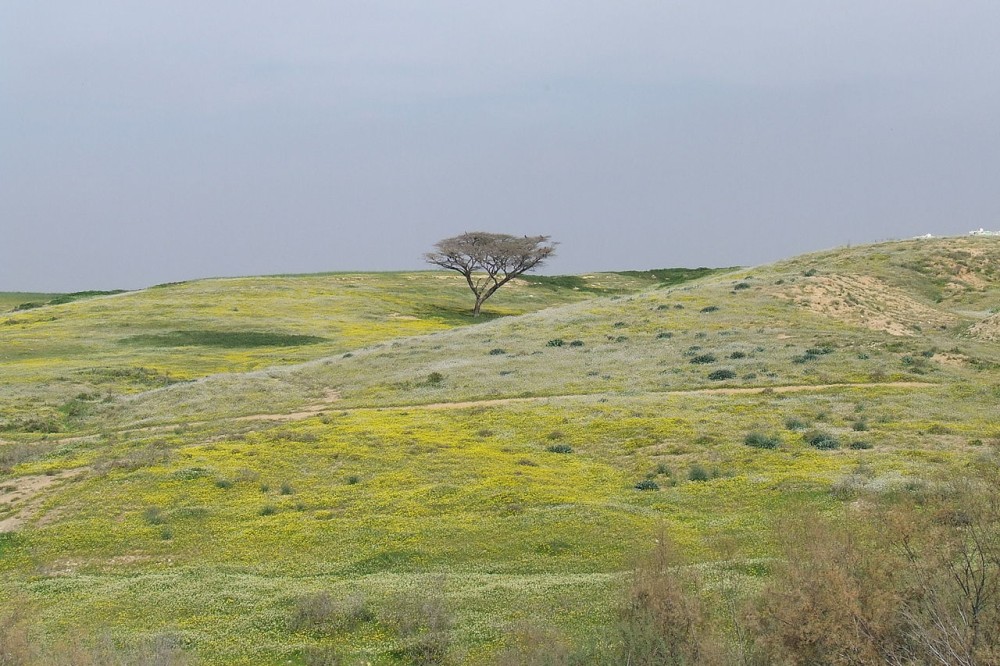Gazans and Israelis strive to keep connections, hope across the border
Dozens of Palestinians have been killed by Israeli soldiers along the border. Ordinary people are trying to stay connected to friends on the other side.

(The Christian Science Monitor) Minutes after Imad walked into the kibbutz dining hall just over two weeks ago, Israelis hurried to him with open arms, pulling him in for long hugs.
It had been more than a decade since this Palestinian man in his fifties, a resident of Gaza, had seen these friends or stepped foot in this communal village where he worked most of his life.
A week later and a few miles away along the Gaza-Israel border, 64 Palestinians were killed and more than a thousand wounded by Israeli soldiers during protests demanding their right of return to Israel and an end to the crippling Israeli economic blockade of Gaza.





